Melasma is a common pigmentary disorder. It usually affects women in their reproductive age, though it can affect men as well. This disorder manifests as symmetric hyperpigmented macules and patches on the face.
Women with this disorder usually have light brown patches or macules in the areas exposed to the sun. It most commonly affects the cheeks, forehead, nose and the upper lip.
Melasma is more prevalent in Asian women as compared to Mediterranean women. Almost one-third Asian women are affected with melasma. This condition affects the skin as well as the quality of life and confidence of the patients.
The known risk factors of melasma are:
- Genetic predisposition
- Thyroid disease
- Pregnancy
- Exposure to ultraviolet radiation
- Hormonal factors like female sex hormones
- Drugs like phenytoin
Nutrients for Melasma
In modern medicine, hydroquinone and tripe combination creams are the gold standard treatment for melasma. Besides this, certain nutrients and home-remedies are also beneficial in the treatment and management of melasma:
Antioxidants
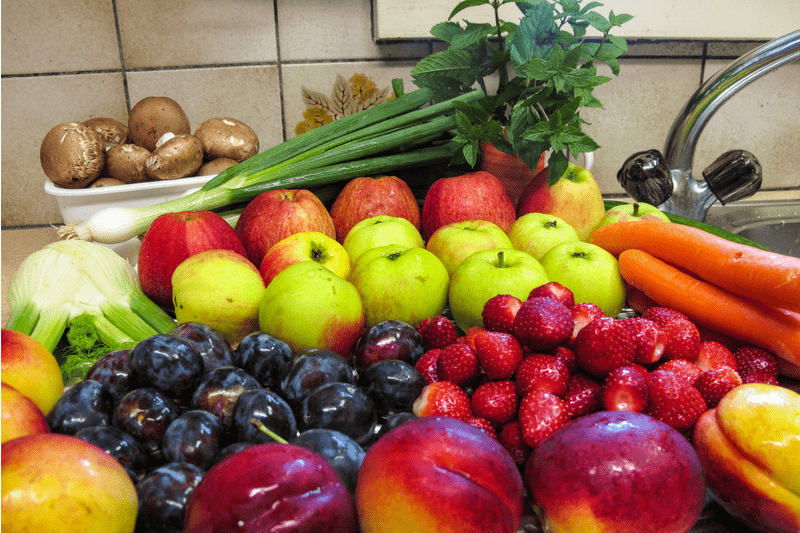
Oxidative stress plays a major in the onset of melasma. Exposure of the skin to the ultraviolet rays causes generation of free radicals. Antioxidant therapy may be effective in the treatment and management of melasma.
Antioxidants scavenge the free radicals and help in stabilizing the unstable molecules. They protect the cells against damage caused by ultraviolet radiations and preserve the action of skin proteins.
Hence, getting enough antioxidants from the diet or applying creams topically with high antioxidant content may guard the skin and its proteins against destruction.
However, more human studies are required to confirm the beneficial effects of antioxidants on the skin.
Vitamin A & Its derivatives
Retinoids: Retinoids are derivatives of vitamin A that help in improving the skin condition of individuals with melasma.
Retinoids suppress the ultraviolet-induced pigmentation and help in the lightening of the skin. It increases the turnover of the outer layer of the skin cells and helps in the generation of new and healthy skin cells.
Furthermore, retinoids reduce the contact time between keratinocytes and melanocytes. Vitamin A helps the skin with discoloration. It reduces hyperpigmentation and blemishes the scars.
Beta-carotene: Beta-carotene, a precursor of vitamin A is found to be effective in reducing the intensity of melasma and the size of the lesions.
This vitamin is commonly found in foods, which have a deep orange and yellow color. The bioavailability of this vitamin increases when these foods are eaten in the cooked form rather than the raw form.
It helps in lightening and clearing of the pigmentation. Studies on the topical application of beta-carotene on the skin have confirmed its positive effects.
Ascorbic Acid
Ascorbic acid has excellent antioxidant properties. It affects melanogenesis, a common disorder caused by excess production of melanin by an enzyme tyrosinase.
Ascorbic acid interferes with the action of this enzyme and helps in decreasing the skin pigmentation. It lowers the absorption of ultraviolet radiation and reduces oxidative stress.
Ascorbic acid neutralizes the deleterious effect of free radicals and makes them less reactive. It further strengthens the skin barrier response and improves the appearance of the skin damaged by ultraviolet radiations.
Niacinamide
Niacinamide is a form of niacin or vitamin B3, which is available in the form of supplements and medicines. Natural food sources of niacin include organ meat, peanuts, sunflower seeds, avocado, tuna and mushrooms.
Studies have found that niacinamide reduces the transfer of melanosomes, an organelle involved in the synthesis, storage and transport of melanin. As a result of this, hyperpigmentation of the skin is reduced.
Post-treatment results showed that niacinamide lowered the inflammatory compounds. Excess production of melanin causes hyperpigmentation of the skin. Niacinamide reduces the production of melanin. Hence, it helps in the clearance of the skin.
Zinc
Low blood levels of zinc are associated with melasma. A deficiency of zinc may be involved in the pathogenesis of this skin disorder.
Eating foods rich in zinc or treatment with zinc supplements are beneficial in the treatment of melasma, says a research. Foods rich in zinc include:
- Meat
- Shellfish
- Nuts and oilseeds
- Whole grains
- Legumes
- Eggs
A reduction in the oxidative stress induced by free radicals is an approach to improve melasma. Zinc is a well-known antioxidant that reduces the activity of free radicals and increases its removal from the body. Zinc is the best defense against harmful ultraviolet rays too.
Home Remedies to Improve Melasma
Here are a few most effective home remedies for melasma:
Apple Cider Vinegar (ACV)
Apple cider vinegar is a natural skin lightening agent. It aids in reducing hyperpigmentation. The presence of acetic acid in it makes ACV a natural bleaching agent.
It helps in the removal of patches that appear on the face in melasma. It further improves the texture of the skin and makes it lustrous.
How to Use ACV for the Skin
- Mix together 1/3 cup of ACV in 3/4 cup of water. Apply it on the melasma patches on the skin and allow it to dry.
- Wash your face with water and pat it dry.
- Follow this natural remedy daily for effective results.
Aloe Vera Gel
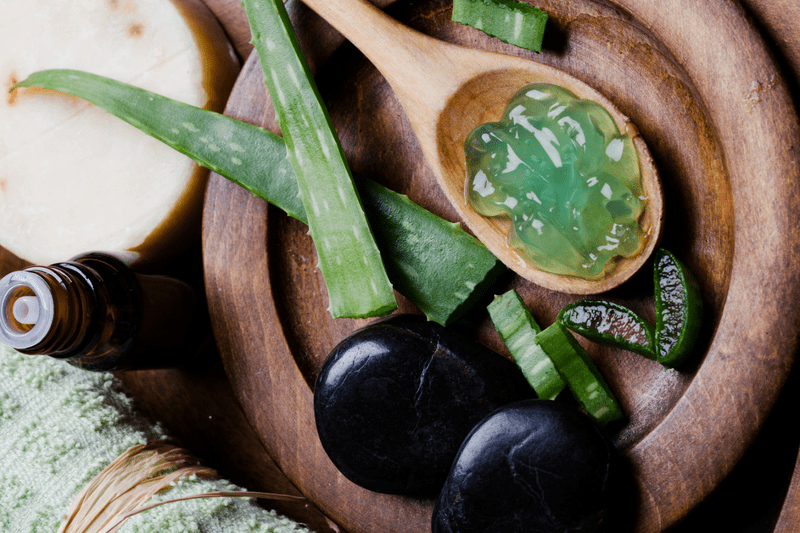
Aloe Vera Gel
The excess production of melanin causes patches and pigmentation on the skin. Aloe vera gel contains a natural compound called aloesin. This compound inhibits the enzyme tyrosinase. Tyrosinase causes excess production of melanin. So, aloe vera gel prevents excess production of melanin. As a result, aloe vera gel helps in skin lightening and clears melasma patches and spots on the skin.
It further protects the skin against the dangerous ultraviolet radiations. Hence, aloe vera is an excellent depigmenting agent.
How to Apply Aloe Vera on the Skin
- Cut the aloe Vera leaf and remove the inner gel with the help of a knife or spoon.
- Apply this fresh gel on the affected area. Massage gently for 1-2 minutes.
- Allow it to dry for 15-20 minutes. Was your face and pat it dry.
- Follow this remedy 2-3 times a day for best results.
Mulberry
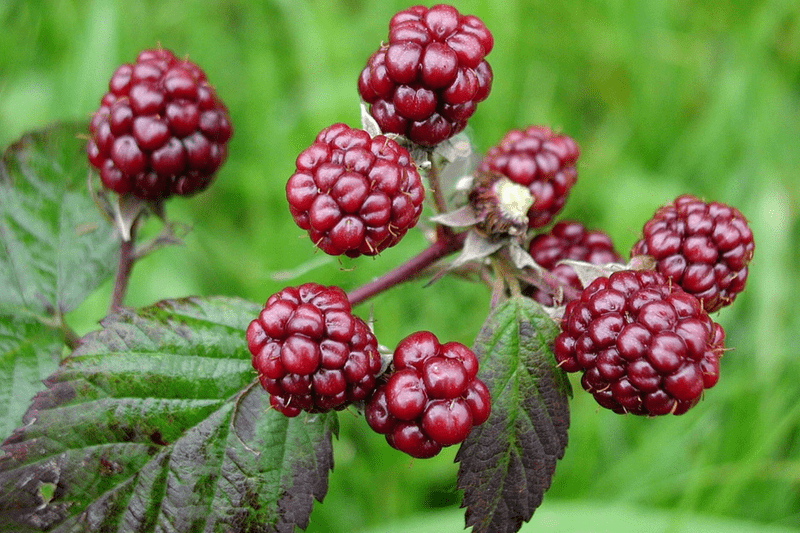
Mulberry
Mulberroside F, an active compound present in mulberry inhibits the activity of tyrosinase and decreases the formation and transfer of melanin. It further serves as a free radical scavenger and protects the skin and its protein against damage and destruction.
A study found that the use of 75% mulberry extract oil was effective in the management of pigmentary disorders, such as melasma.
It reduced the size of patches or spots on the skin and improved the quality of life of individuals with melasma.
How to Use Mulberry
- Take 2-3 mulberries, wash them properly and crush it into a paste.
- Apply this paste on your face and leave it for 10-15 minutes.
- Wash your face with water and pat it dry.
- Follow this every day for effective results.
Mulberry Oil: You can also add some mulberry leaves to coconut oil or olive oil. Keep this oil aside for 3 days, so that the healthy compounds from the leaves are passed into the oil.
- After 3 days you can apply this oil on your face daily.
- Massage your face with this oil for 1-2 minutes.
Mulberry containing creams and lotions are also available in the market. Use these products as directed by the manufacturer.
Licorice
Licorice is an excellent skin-lightening agent. A study found that licorice was 16 times more effective than hydroquinone when it comes to the treatment of melasma.
The effect of licorice is attributed to the presence of ‘glabridin’ in it. This active compound fights oxidative stress and treats photo-damaged skin.
Liquiritin, another compound present in licorice possesses depigmenting properties and it promotes dispersion of melanin.
How to Apply Licorice on the Skin
- Mix 2 tablespoons of licorice powder, 1 teaspoon lemon juice and 1 teaspoon honey together in a bowl.
- Apply this face pack and allow it to dry.
- Wash your face after 10-15 minutes and pat it dry.
Bearberry
Arbutin is a derivative of hydroquinone found in bearberry. Studies have shown favorable results in treating melasma patients.
It reduces the activity of tyrosinase, which in turn reduces melasma patches on the skin.
How to Use Bearberry
- Just like mulberries, make a paste of bearberries. Apply it on your face and wash it after 10-15 minutes.
- Readymade bearberry facemasks are also available in the market with bearberry extracts in it.
Green Tea
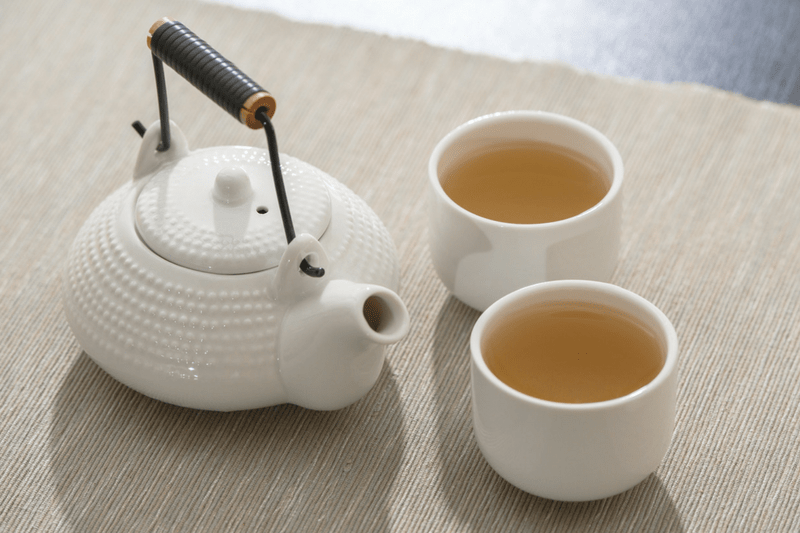
Green Tea
Besides its beneficial role in weight loss, green tea also efficiently treats melasma, says a research. Green tea is packed with an array of health-promoting compounds, anti-inflammatory substances and antioxidants.
These compounds enhance the health of the skin and help in diminishing melasma patches. It further reduces the number of sunburn cells and protects the skin proteins against damage.
How to Use Green Tea
- In a bowl, mix together 2-3 teaspoons of green tea, 1 teaspoon of lemon juice and 1 teaspoon of honey.
- Apply this on your mask and allow it to dry.
- After 10-15 minutes, wash your face with water and pat it dry.
- Use this face mask 2-3 times a week for the best results.
Turmeric
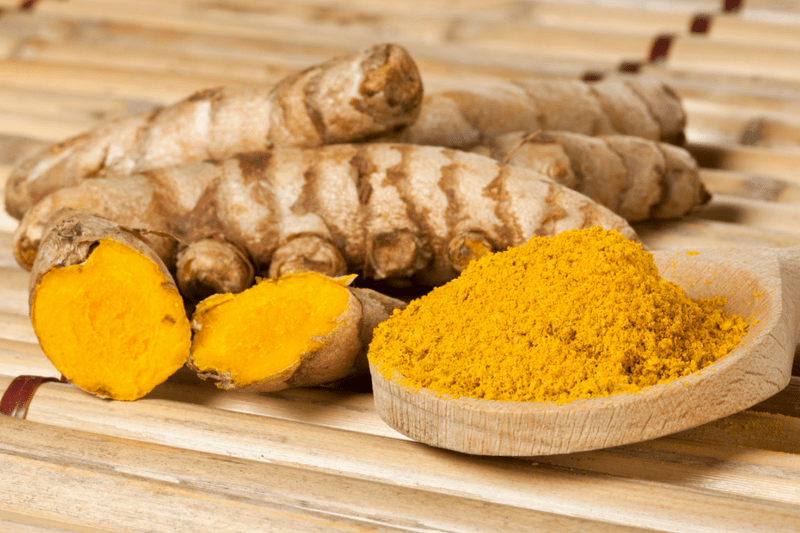
Turmeric
This golden spice improves the appearance of the skin by reducing facial hyperpigmentation. Curcumin, an active compound present in turmeric helps in the reduction of pigmentation, blemishes and spots. It is a natural skin-lightening agent and it improves the complexion of the skin.
How to Apply Turmeric on the Face
- In a bowl, mix together turmeric powder and water.
- Apply this paste on your face and allow it to dry for 5-10 minutes.
- Wash your face with water and pat it dry.
- Follow this 2-3 times a week to reduce melasma patches.
References
- Rashmi Sarkar, Pooja Arora, Melasma Update, Indian Dermatology Online Journal, Volume 5, 2014 (https://www.ncbi.nlm.nih.gov/pmc/articles/PMC4228635/)
- Handog EB, A randomized, double-blind, placebo-controlled trial of oral procyanidin with vitamins A, C, E for melasma among Filipino women, International Journal of Dermatology, 2009 (https://www.ncbi.nlm.nih.gov/m/pubmed/19659873/)
- Debabrata Bandyopadhyay, Topical Treatment of Melasma, International Journal of Dermatology, Volume 54, 2009 (https://www.ncbi.nlm.nih.gov/pmc/articles/PMC2807702/)
- Hemanta Kumar Kar, Efficacy of beta-carotene topical application in melasma: An open clinical trial, International Journal of Dermatology, Volume 68, 2002 (https://www.researchgate.net/publication/6181889)
- Josefina Navarrete Solis, Benjamin Moncada, A Double-Blind, Randomized Clinical Trial of Niacinamide 4% versus Hydroquinone 4% in the Treatment of Melasma, Dermatology Research and Practice, 2011 (https://www.ncbi.nlm.nih.gov/pmc/articles/PMC3142702/)
- Rostami Mogaddam, Safavi Ardabili, Evaluation of the serum zinc level in adult patients with melasma: Is there a relationship with serum zinc deficiency and melasma?, Journal of Cosmetic Dermatology, 2018 (https://www.ncbi.nlm.nih.gov/m/pubmed/29131489/)
- Jasmine C. Hollinger, Kunal Angra, Are Natural Ingredients Effective in the Management of Hyperpigmentation? A Systematic Review, The Journal of Clinical and Aesthetic Dermatology, Volume 11, 2018 (https://www.ncbi.nlm.nih.gov/pmc/articles/PMC5843359/)

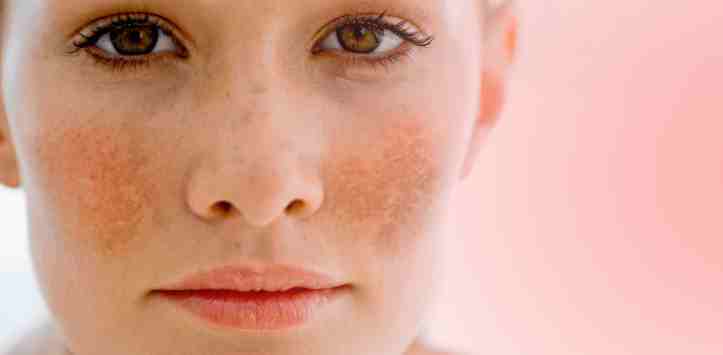
2 comments
my mother has hand tremors. body is very weak and voice too. they say she has parkisons disease. but she has taken all medications for parkisons but nothing works on her. instead she is weaker. no one can diagnose properly. i believe my mother just has movement disorder . could it possible you help me?
Hi Raana
Sorry to hear about your Mum.
Yes we can guide you and your Mum with this.
If you are not in Melbourne, and can’t come to us, then please follow the below link to buy my online consultation. thanks
Its my other website, where I work in Melbourne.
https://www.pureherbalayurved.com.au/online-ayurvedic-consultation.htm
Comments are closed.